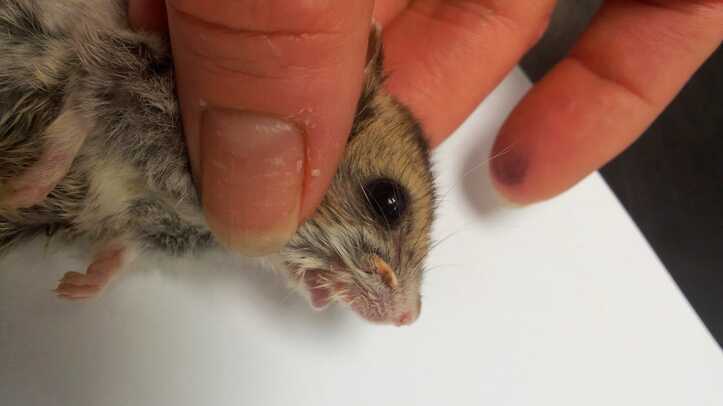Research from the Royal Veterinary College (RVC) has provided new insight into the most common veterinary problems affecting hamsters.
The study reveals the 20 most common disorders suffered by the pets, which include “wet tail”, bite injuries from other hamsters, overgrown nails and/or incisors, and traumatic injury. The average lifespan of pet hamsters was found to be 21 months.
Hamsters are popular pets worldwide, often being the first pet that a child will own as their own but, despite this popularity, there has been very little research into the health issues of the animals. It is hoped that the new study will help owners better understand what conditions to look out for and will help set expectations for how long their hamster may live.
Often purchased as short-commitment pets, hamsters are brought to the vets less frequently than other companion animals such as cats and dogs and may hide signs of illness to protect themselves due to their prey status. As a result, good data on their health has been hard to achieve until now.
The new study, the largest in the world to date, was led by the RVC’s VetCompass programme and investigated anonymised veterinary clinical records of a random sample of almost 4,000 hamsters.
From a list of the 20 most common disorders across all hamster species, the most common issues were “wet tail” (diarrhoea or liquid discharge) (7.33%), bite injuries from other hamsters (5.88%), overgrown nails (4.13%), overgrown front teeth (3.98%) and traumatic injury (3.80%).
Justine Shotton, BVA president, said: “Hamsters can make good pets but it’s important for their specific welfare needs, such as being nocturnal, to be understood and met and that both owners and vets are aware of the common signs of ill health, so they know when medical intervention is needed.
“For owners, having realistic expectations of life expectancy is also helpful, particularly if a child is to be involved in the hamster’s care. It is advisable to speak to a vet before getting any pet, to make sure it is the right animal for all who will be responsible for it and to consider other species which may be a better fit for the owner or family.”



